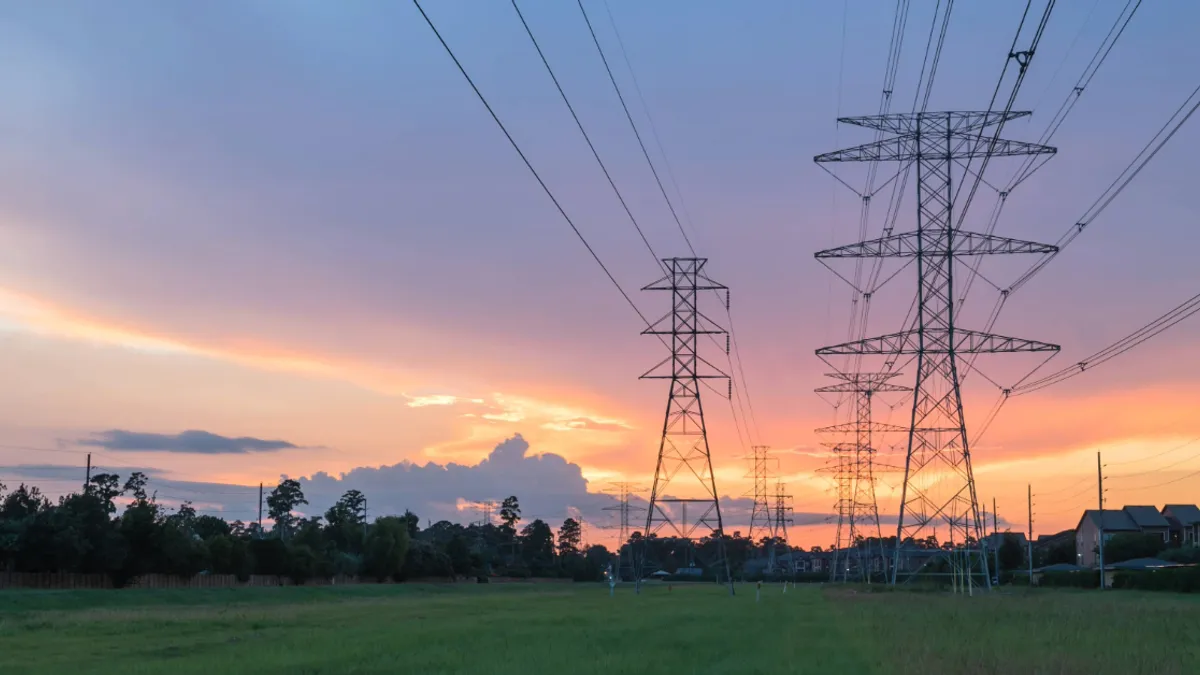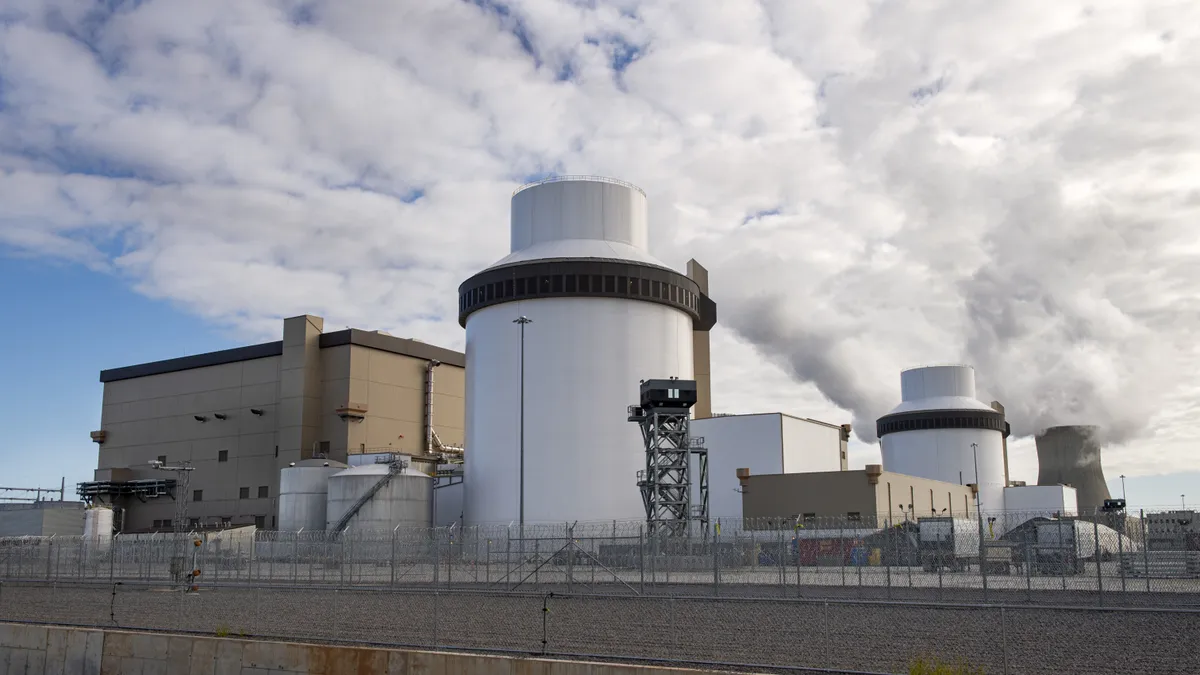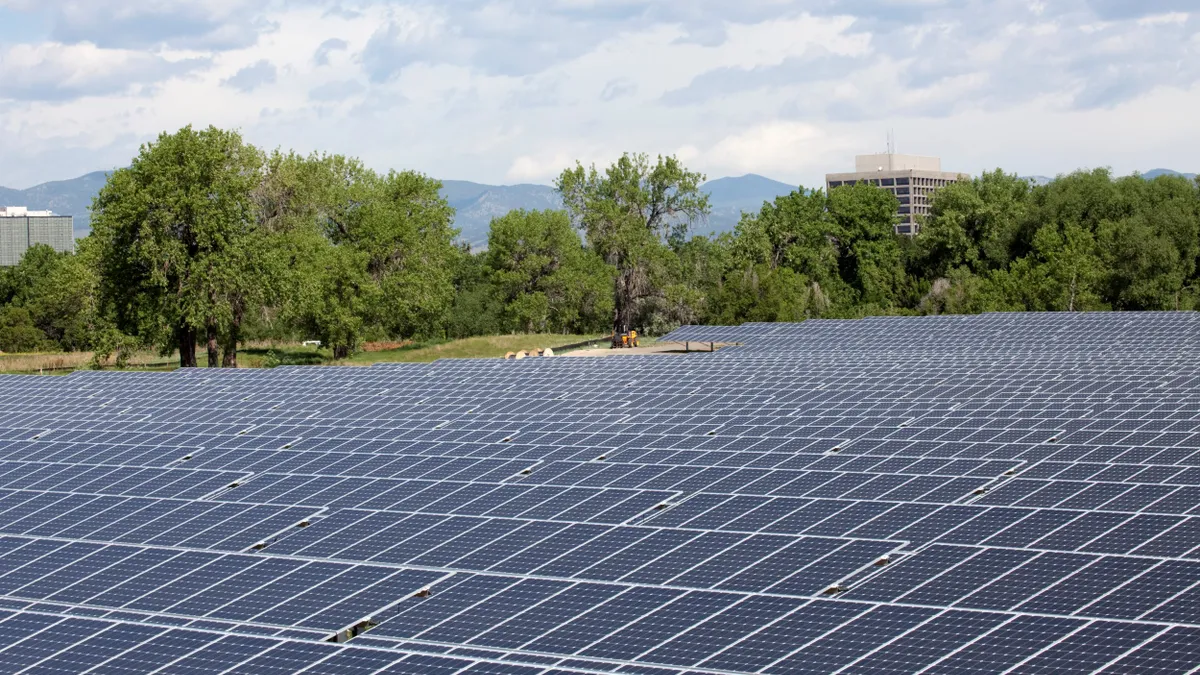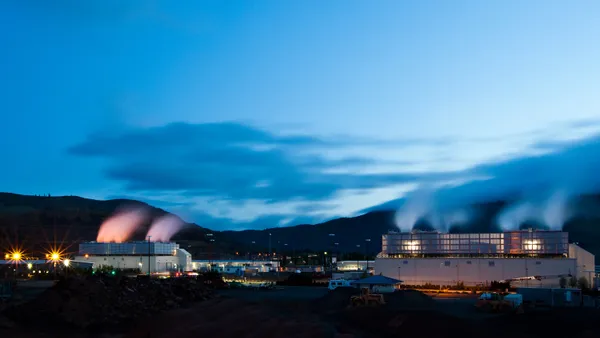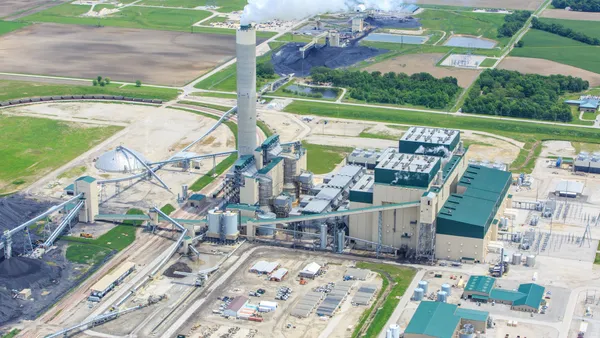The utility sector is undergoing a significant transformation. Increased demand for electricity, aging infrastructure, expanding renewable energy adoption, extreme weather and technological advancements are all making planning and operations processes and decision making much more complex.
In this article, we’ll outline three of the most pressing energy trends every utility must prepare for in 2025.
Trend #1: Electricity loads are skyrocketing
Global electricity demand is expected to grow annually by 3.4% through 2026. On-going electrification efforts, including the increased adoption of electric vehicles (EVs), heat pumps and other connected devices will drive some of this demand, but the lion’s share will come from data centers.
Data center loads (also referred to as hyperscalers), are exploding, straining the grid’s capacity infrastructure. Experts believe data center demand could exceed 1,000 TWh by 2026, more than doubling the sector’s 2022 consumption. Around the world, streaming, remote work, crypto mining and cloud computing — all data center-enabled activities — are on the rise. However, the real culprit behind data center load growth is artificial intelligence (AI). AI-enabled applications are notoriously power-hungry, with new AI data centers using 5 to 10 times more power than traditional data centers.
For utilities, keeping up with this trend means planning for massive increases in load growth, unlike anything they’ve seen in the past. “I think the biggest challenge for utilities is the size of the growth and how sudden it’s been,” said Carlos Romero, VP Strategic Operations for Energy Exemplar. Romero explained that hyperscalers like Meta, Amazon and Microsoft have requested sites from 1 GW to more than 5 GW per site, which is significantly more than the 1% to 2% load increases that utilities have historically seen. “To put that in perspective, the average nuclear power plant is roughly 1 GW to 1.5 GW. If a data center needs 5 GW, that’s like having to develop three or four nuclear power plants in a very short amount of time because, of course, the data centers need that power now,” he said.
Utilities are under increasing pressure to meet these load demands from a variety of stakeholders excited by the potential economic growth data centers can deliver. Facilitating this new demand while maintaining reliability, as well as managing and properly allocating costs, will be top of mind for utilities in 2025.
Trend #2: From generation to the weather, everything is more unpredictable
Providing reliable power to customers is a core mandate for utilities, but resource adequacy is significantly more challenging when unpredictability and uncertainty rule the day.
Consider the increased deployment and integration of renewable generation into the electric grid. Generation from variable energy resources (VERs) like wind and solar depends on the weather, which is inherently unpredictable. The variability of those assets is manageable when they are a small part of a utility’s generation portfolio because variations can be covered with other resources. But, Romero explained, “When VERs are a significant part of a utility’s portfolio, say 5%, 10%, or 15%, and there’s a big drop in availability of renewables because it’s cloudy or a calm day, you have to find an effective way to make up for that generation variability or reliability is going to suffer.” The challenge is compounded by the retirement of aging firm generation assets, which reduces the availability of backup power.
Load patterns and profiles are also changing and becoming more challenging to predict. Romero offered several questions utilities must consider when managing resource adequacy in 2025.
- Will data center demand continue to climb?
- Do we need to build capacity (generation and transmission) now because a data center might come to town?
- How quickly will EV adoption expand?
- How much will we invest based on what we think will happen?
In the face of such unpredictability, accurate energy modeling will be key to ensuring resource adequacy in 2025 and beyond.
Trend #3: Long range transmission planning is more complex
Historically, transmission was a local issue. A utility would build the generation resources where they were needed, and transmission investments between the two points were relatively modest. However, transmission planning today, for a grid that is increasingly reliant on renewable energy resources, is infinitely more complex. Now, rather than building generation resources close to the load, wind and solar farms are often built where wind and sun are abundant, and utilities must figure out how to deliver the electricity to the load.
“We're talking about moving electricity potentially hundreds of miles over multiple service territories, utilities, and jurisdictions. That will cost a lot more and require more coordination, cost-sharing allocation and stakeholder considerations than past transmission projects,” Romero said.
In other words, transmission planning in 2025 and beyond involves determining what transmission is needed, how it’s going to be deployed and who will pay for it. It will involve internal and external stakeholders, including regulators, customer advocacy groups and the public. A modeling solution that can visualize information and provide quick analytics and insights for stakeholders with different backgrounds, levels of knowledge and perspectives will be key to managing the impact of this trend.
A modeling solution that is ahead of the curve
Energy Exemplar’s PLEXOS® platform offers robust modeling and analytical solutions, configurable reports and business intelligence dashboards that streamline long-term, resource adequacy and transmission planning. Multiple deterministic scenarios, Monte Carlo simulations and stochastic optimizations help utilities manage the uncertainties they’ll face in 2025 and better prepare for the future.
Additionally, PLEXOS® Cloud capabilities enable collaboration between internal and external teams while maintaining security and business continuity, helping utilities work smarter and more efficiently.
To learn more about how PLEXOS® serves utilities, book a demo with one of their experts.

